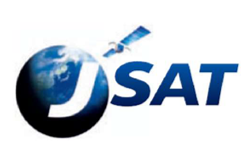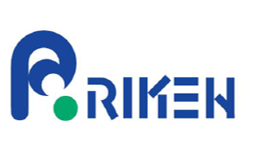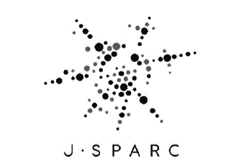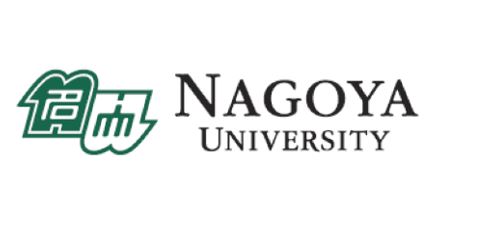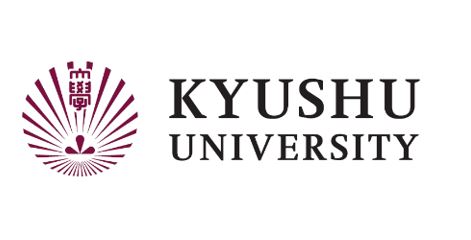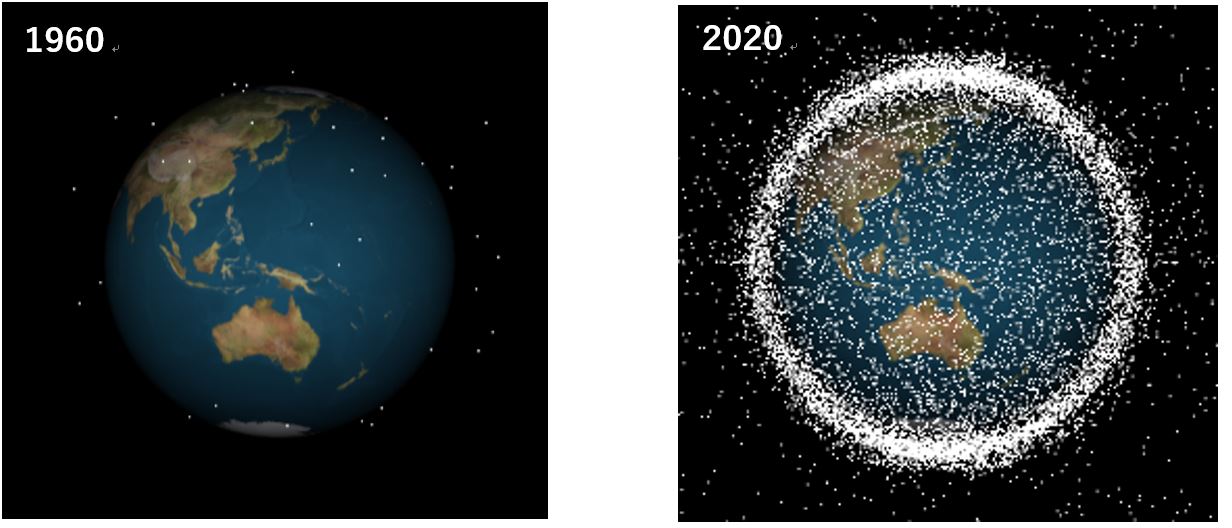- News Releases
- SKY Perfect JSAT HD
- Space Business
- Designing and Developing the World's First Satellite for Removing Space Debris with a LaserAiming to Maintain a Sustainable Space Environment and Lead the Space SDGs
News Releases
Designing and Developing the World's First Satellite for Removing Space Debris with a Laser
Aiming to Maintain a Sustainable Space Environment and Lead the Space SDGs
Jun 11, 2020
SKY Perfect JSAT Corporation (Head Office: Minato-ku, Tokyo; Representative Director, President & Chief Executive Officer: Eiichi Yonekura, “JSAT”), a wholly-owned subsidiary of SKY Perfect JSAT Holdings (Head Office: Minato-ku, Tokyo; Representative Director, President: Eiichi Yonekura), has partnered with RIKEN (Headquarters: Hirosawa, Wako-shi, Saitama Prefecture; President: Hiroshi Matsumoto, “RIKEN”), Nagoya University (Main Campus: Furo-cho, Chikusa-ku, Nagoya-shi, Aichi Prefecture; President: Seiichi Matsuo, “Nagoya University”) and Kyushu University (Main Campus: Motooka, Nishi-ku, Fukuoka-shi, Fukuoka Prefecture; President: Chiharu Kubo, “Kyshu University”) to start the design and development of the world’s first*1 satellite that uses a laser to remove space debris such as nonfunctional satellites. Services are scheduled to begin in 2026. During the early-phase of the study, JSAT will be supported by Japan Aerospace Exploration Agency (Headquarters: Chofu-shi, Tokyo; President: Hiroshi Yamakawa, “JAXA” ).
-
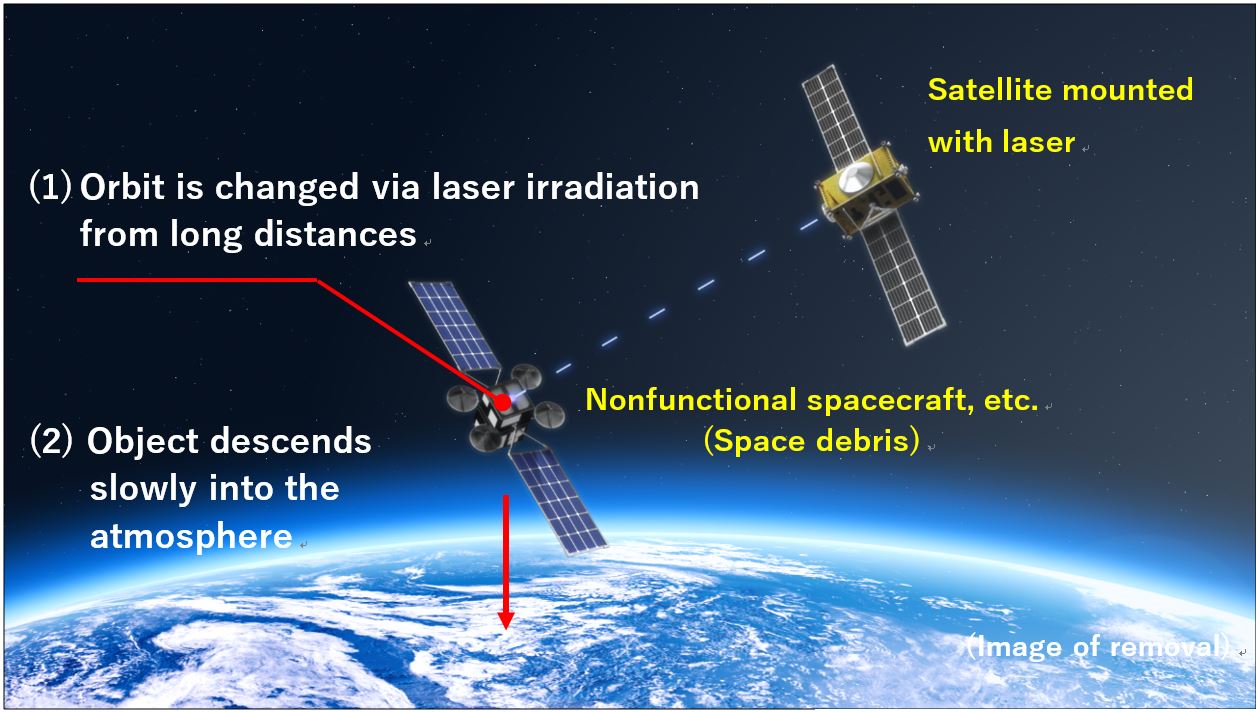 ©SKY Perfect JSAT Corporation
©SKY Perfect JSAT Corporation
As a pioneering space utilization corporation, JSAT has been providing satellite communication services in Japan and overseas for more than 30 years since launching JCSAT-1, the first communications satellite by a private Japanese corporation, in 1989. In an effort to expand its existing services, JSAT launched a new project aiming to maintain a sustainable space environment. This project was implemented under an internal start-up system and pre-study started in 2018 to study next-generation businesses. Through industry-academia collaboration, the feasibility of the project was researched and reviewed.
Although there are various methods for removing space debris, JSAT decided to use the laser method*2, which has the two notable advantages listed below.
- The method is very safe because there is no physical contact.
- Fuel is not needed to move the space debris since thrust is generated by material vaporization and ionization of the space debris surface, making this the method highly economical . Since it is not necessary for the laser satellite to carry fuel for moving the space debris, this method is highly economical.
Through cooperation with RIKEN, which has a record of fundamental development for lasers, JSAT confirmed the feasibility of the technology by conducting a propulsion generation experiment*3 using laser ablation*4. In order to develop the main mission equipment for the satellite, the Satellite Orbital State Control Laser Laboratory was officially established in April 2020 as an integrated collaborative research system team within RIKEN. Through collaboration with Nagoya University and Kyushu University, the Laboratory will design and develop (including review) of a laser-equipped satellite. Besides the laser mission equipment and satellite development led by JSAT, an early-phase concept study of satellite and ground systems will be cooperatively performed under the framework of the JAXA Space Innovation through Partnership and Co-creation (J-SPARC) program.
The roles of each participating organization are as follows.
■JSAT
JSAT oversees the development of movement (removal) services using space lasers for nonfunctional satellites, etc., and supervises the overall satellite development. Tadanori Fukushima, the leader of the JSAT debris removal project, oversees the development of these services and also serves as team leader of the Satellite Orbital State Control Laser Laboratory (discussed below) that was established within RIKEN.
■ RIKEN:
In April 2020, the Satellite Orbital State Control Laser Laboratory was established within RIKEN as a team* containing members from JSAT and RIKEN. The laboratory develops the laser ablation subsystem, which is the main mission equipment of the satellite.
*Team formed under the Integrated Collaborative Research Program with Industry
■ Japan Aerospace Exploration Agency (JAXA):
Under the framework of J-SPARC program, JAXA will be cooperating with JSAT in the early-phase concept study, excluding the laser satellite development led by JSAT, to validate feasibility of the satellite and ground systems in this fiscal year. J-SPARC program was launched May 2018, with the purpose of co-creating new innovative space-related businesses with private sectors, and expanding the domestic space-commercial market.
■ Nagoya University
Under the supervision of Professor Akihiro Sasoh of the Education and Research Center for Flight Engineering, Graduate School of Engineering, Nagoya University (Vice President in charge of Industry-Academia-Government Collaboration), who has many years of experience in the field of laser propulsion, researchers from Nagoya University conduct research and development on thrust generation induced by laser irradiation.
(Joint research with Nagoya University.)
■Kyushu University
Professor Toshiya Hanada of the Graduate School of Engineering, Kyushu University, who has many years of experience in the field of space environment, will supervise research into the rotation of moving satellites.
(Joint research with Kyushu University)
Since the launch of Sputnik in 1957, a series of satellites have been launched one after another. Human beings living on the Earth have benefited from information from space in diverse forms such as weather forecasts, satellite communications, and GPS position information, enabling us to build a safe society and a comfortable life. During that time, the number of satellites that are no longer used or no longer function, rocket parts that were used for launches, and fragments from various colliding artificial bodies have continued to increase at an accelerating rate. For example, it is estimated that more than 100 million pieces of space debris of 1 millimeter or more*5 are flying around outer space at an ultra-high speed of about 7.5 kilometers per second*6. If such debris collides with a satellite, the collision may cause damage to an extent that ends the satellite mission*7.
In this way, the worsening of the space environment has led to concerns regarding the sustainable use of space.
-
©Kyushu University ©SKY Perfect JSAT Corporation
JSAT has always disposed of the communications satellites it has owned in accordance with international guidelines*8. As a company that has been utilizing space for approximately 30 years, we have fulfilled our obligation to maintain a clean and safe space environment. The problem of space debris is an environmental problem similar to CO2 and marine plastics. Therefore, JSAT will continue to contribute to the maintenance of a sustainable space environment, aiming to solve the problem of space debris through this project as space SDGs.
*1 According to an investigation by SKY Perfect JSAT.
*2 Patent pending.
*3 Test in which a material is ablated by laser irradiation and generated propulsion is measured.
*4 In the phenomenon of laser ablation, irradiating a substance with a high-energy laser beam causes the substance to be plasmatized or vaporized, and the substance is released from the surface. Laser ablation will be used to generate propulsion and move (remove) nonfunctional satellites (space debris).
*5 The number of space debris was taken from the ESA website.
https://www.esa.int/Safety_Security/Space_Debris/Space_debris_by_the_numbers
*6 Speed in low earth orbit at an altitude of approximately 700 kilometers.
*7 Conclusion reached in NASA documents.
Orbital Debris Mitigation in Support of Space Situational Awareness and Space Traffic Management J.-C. Liou, Ph.D. Chief Scientist for Orbital Debris National Aeronautics and Space Administration International Symposium on Ensuring Stable Use of Outer Space, Tokyo, Japan,
February 28 to March 1, 2019.
*8 IADC Space Debris Mitigation Guidelines
